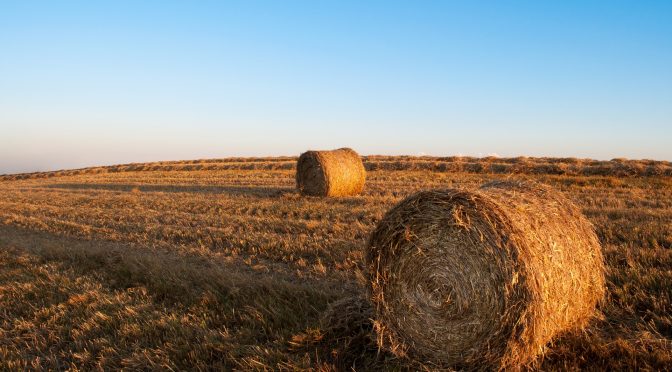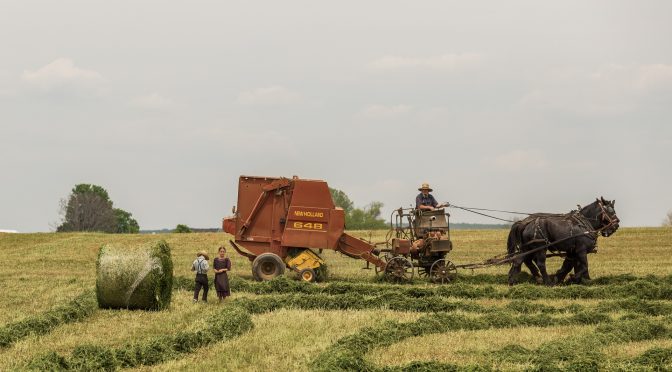What is the purpose of the Greenbelt Classification?
The Greenbelt Classification allows our farmers and agri-business to continue in the business of growing agricultural products, including affordable food for our tables and renewable resource fiber for clothing, paper, construction, and bio-energy. Agricultural land provides immense environmental benefits such as open spaces, clean water, clean air, wildlife, recreation, and shields land from development. Ex: In a county with a $20 per $1,000 millage rate, a Greenbelt agricultural use with a $50 per acre net income and a market value of $10,000 per acre would have an approximate market value tax liability of $200 per acre; i.e., the tax liability would be greater than the income and the business could not be maintained.
What about my house? Can I get Greenbelt on it, too? No, the house, barns, buildings, and yard (curtilage) are assessed at market value. Florida Greenbelt applies only to the land. Additionally, the homestead exemption limitations currently in effect can only be applied to the house and curtilage.
How do I get a Greenbelt Agricultural Classification on my property?
File form DR-482, Application and Return for Agricultural Classification of Lands, between January 1 and March 1, with the Property Appraiser in the county where the property is located.
I am a new owner; and, the previous owner had Greenbelt on the property; do I need to do anything to continue the Greenbelt Classification? Yes. The Greenbelt Classification does not transfer automatically to the new owner. You must apply.
Are there other requirements in addition to filing the application?Yes. Statutory requirements can be found in FS 193.461. In short, the law requires the property be used primarily for bona fide agricultural purposes, defines bona-fide purposes as good faith commercial agricultural use, and then provides several factors which may be taken into consideration for determining whether the use is bona fide. These factors include, paraphrased: length of time in agricultural use, continuity of use, size of property, leases, indicated efforts, and other occasionally applicable factors. The key words are primarily and commercial. You must be growing and producing an agricultural product for sale at some point in time. The property appraiser will review the application, inspect the property, and notify the applicant of approval or denial by July 1. Some property appraisers use additional local guidelines and benchmarks.
How many acres of _______ do I need to qualify; how many head of ______ do I need to qualify?
No simple answer is available for this question. The statute does not provide a minimum number of acres for the parcel or for the land uses, nor a number of livestock, nor a number of pine trees, nor a number of orchard trees, etc. The statute provides only: “Size, as it relates to specific agricultural use; but a minimum acreage may not be required for agricultural assessment.” Good judgment, common sense, economics, and industry standards must apply here.
Do I need any documentation that my property qualifies for the Greenbelt Agricultural Classification? Yes. When you apply or re-apply, supporting documentation should be provided and may be requested by the property appraiser, whether you are a new owner or the property already carries the Classification. Provide all supporting documents available such as sales and expense data, forest management plans, contracts, leases, agreements, maps, aerial photos, forest stand maps, timber cruises, Tree Farm status, IRS forms, and pictures of crops, livestock, timber, and all physical efforts made by you on the property.
I am a new owner and the property appraiser rejected my application, what do I do? Or, I have owned the property for years; and the property appraiser suddenly denied my Greenbelt Agricultural Classification; what do I do? First, meet with the property appraiser and attempt to solve the problem. If you are not successful, you may appeal by filing a Petition to the Value Adjustment Board DR-486 (available online or from the property appraiser’s office) within 30 days of the mailing of the Notice of Disapproval form (DR-490). If the VAB appeal is not successful, your next appeal venue is to the circuit court.



